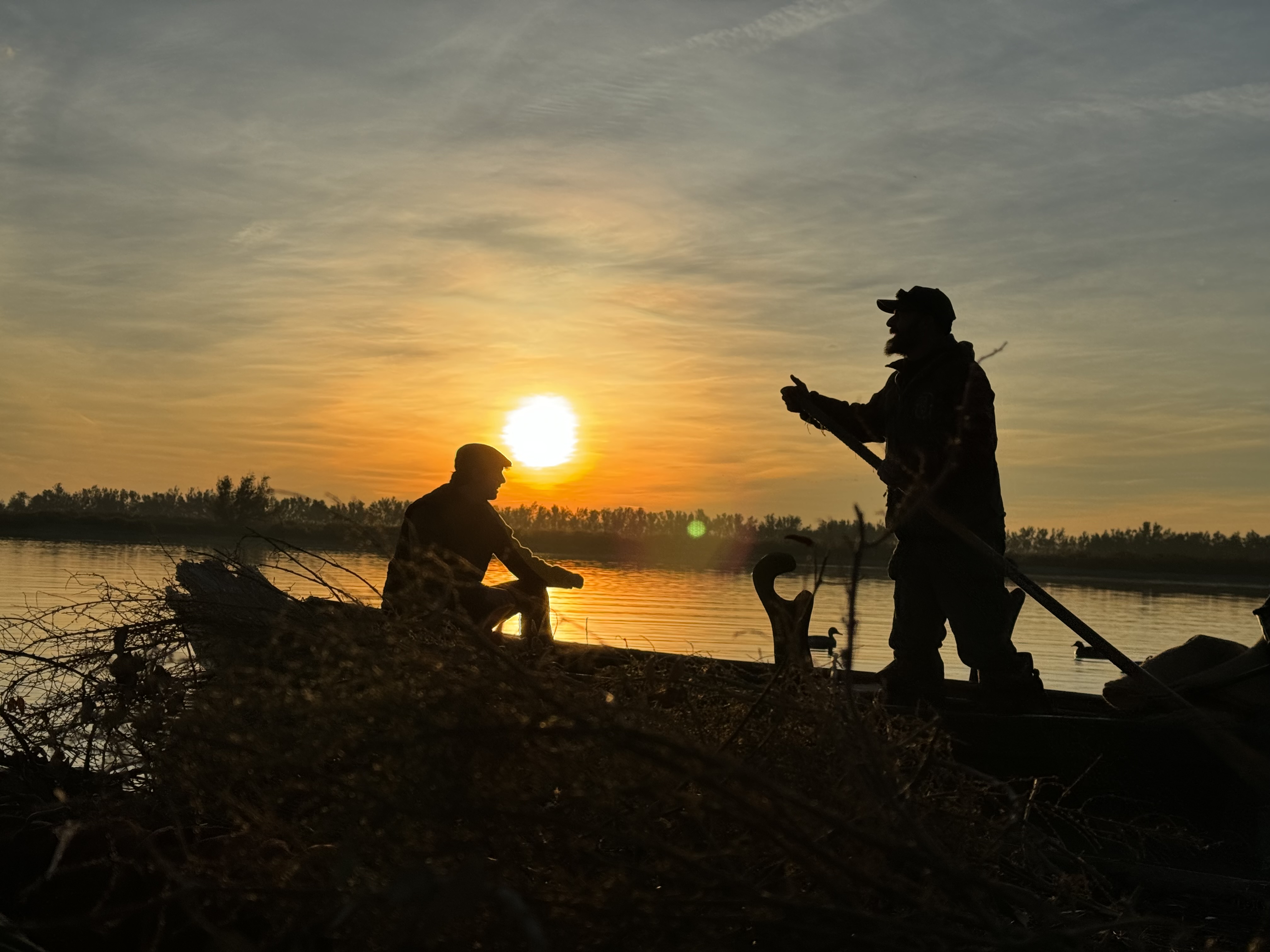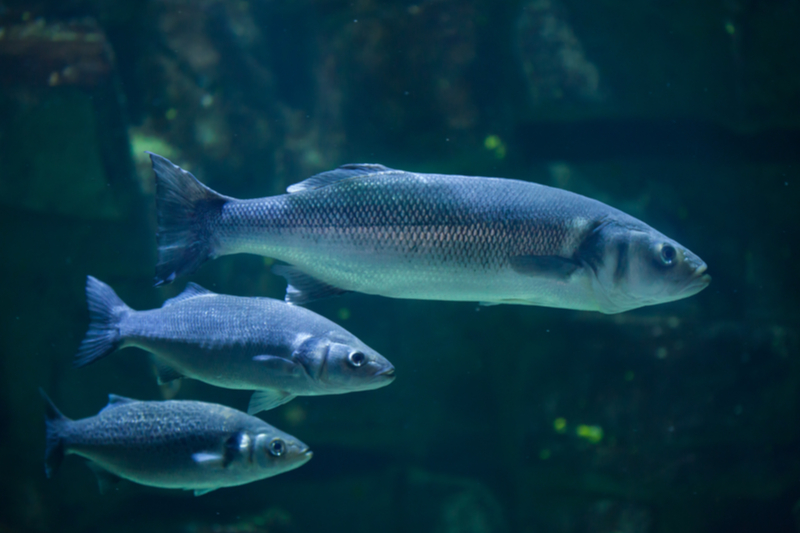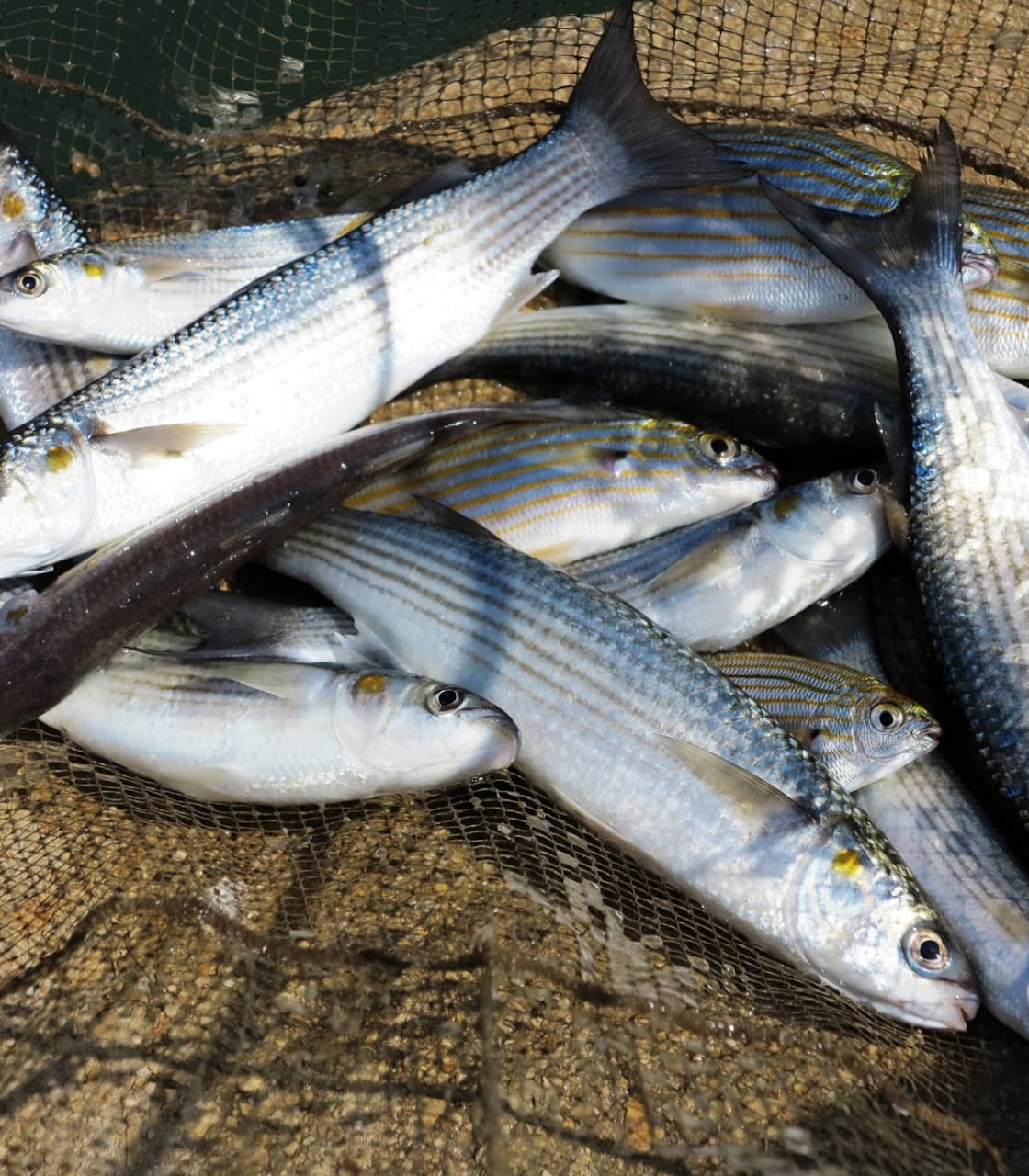
Valle San Leonardo
The Excellences of Water
Eels
The eels from the fishing valleys are a true local specialty and a delight for culinary enthusiasts. These mysterious and fascinating creatures play a key role in the biodiversity of the valleys, helping maintain the natural balance of the waters and serving as a source of nourishment for other species.
Immersed in the serene atmospheres of the valleys, fishermen can engage in capturing these elusive creatures, using techniques passed down from generation to generation. Their skill and patience are put to the test as they attempt to attract eels with specially selected baits, harnessing the water currents and sunlight reflections dancing on the surface.
Once caught, eels can be prepared in a myriad of delicious ways. From classic regional recipes to gourmet creations, the succulent and flavorful meat of eels lends itself to endless culinary interpretations. Roasted, smoked, fried, or stewed, eels offer a rich and satisfying gastronomic experience that celebrates the tradition and richness of fishing valleys.
But eels are not just a pleasure for the palate; they are also fascinating creatures that play a vital role in aquatic ecosystems. Their presence contributes to the biodiversity of the valleys, maintaining the natural balance of the waters and providing nourishment for other species.

Sea Bass
The sea bass farming in the valleys of the Po Delta represents excellence in the Italian fishery sector. In these nutrient-rich waters, sea bass grow in an ideal natural environment, ensuring high-quality meat with a prized flavor.
Thanks to sustainable farming techniques and attention to fish welfare, Valle San Leonardo produces top-quality sea bass, appreciated both domestically and internationally.
Sea bass farming not only contributes to the local economy but also to environmental conservation. In Valle San Leonardo, sea bass are farmed in harmony with nature, preserving the valley’s biodiversity and ensuring the long-term sustainability of fishery resources.
This combination of tradition, quality, and environmental respect makes sea bass farming a globally recognized excellence.

Volpines
The volpines are elongated fish with a tapered shape, featuring a characteristic silvery coloration on their backs that fades towards the silvery white belly. Their scales are small and dense, giving them an elegant and sparkling appearance when submerged in water.
These fish are known for their long and slender fins, which make them agile swimmers and adept predators. The dorsal and anal fins are positioned opposite each other, providing balance and precision in their movements. The tail fin is wide and fan-shaped, providing the power needed for quick accelerations and sharp turns.
Volpines have a pointed head with sparkling eyes and a mouth that protrudes forward, suitable for capturing prey with precision. Their jaws are equipped with small sharp teeth, useful for grasping and consuming prey once caught.
These fish are nocturnal and move gracefully through the calm waters of the valleys, hunting insects, larvae, and small fish. Their agility and speed make them formidable predators, but also highly sought-after prey for skilled anglers.
Volpines are fascinating creatures vital to aquatic ecosystems, contributing to the biodiversity and delicate balance of valley waters. Their beauty and role in the environment make them a subject of admiration and study for nature lovers and scientists alike.

Mullets
The mullets are fish with an elegant appearance, characterized by a slim, laterally compressed body. Their coloration ranges from silvery gray to golden green, with iridescent reflections that shimmer under the sunlight. Their scales are small and dense, giving them a distinctive shine when immersed in the calm waters of the valleys.
These fish have a pointed head with lively eyes and a mouth slightly turned upwards, equipped with fleshy and sensitive lips adapted for foraging food among the mud and sediment on the seabed. Their dorsal and ventral fins are long and pointed, while the caudal fin is wide and fan-shaped, providing the thrust necessary for propulsion through the water.
Mullets are omnivorous fish, feeding on a variety of foods including algae, small invertebrates, and organic debris. They live in large schools in the shallow and calm waters of the valleys, moving with grace and agility as they search for food among the muddy bottoms and aquatic plants.
These fish are often sought after by fishermen for their challenge in catching and for their flavorful and versatile meat in the kitchen. Mullet fishing is a popular activity in the valleys, offering enthusiasts an immersive experience in nature and the opportunity to taste one of the culinary treasures of freshwater.

Mazzancolle
They are widespread in the Italian seas, especially in the Adriatic. They prefer coastal waters with very shallow depths, preferably with sandy, muddy bottoms rich in coastal debris. During daylight hours, mazzancolle remain hidden; they come out at sunset to carry out their activities. They mainly feed on larvae and small fish. The appearance of this crustacean is typical of all other shrimp varieties but differs from other crustacean types in size, being larger, and coloration. Its weight usually exceeds 35 g, while its length can easily exceed 25 cm. The mazzancolla has a whitish shell that tends towards pink-orange or gray. They have long antennae that serve as a sensory tool and a balance regulator. The tail fan is used as a rudder to orient movements. In Valle San Leonardo, they are introduced in larval form into lakes prepared and reclaimed from predators in the first week of June.
Present in Valle San Leonardo since 1985, they are introduced in larval form into lakes prepared and cleared of predators during the first week of June. They are not preyed upon by cormorants because they swim only at night, burying themselves during the day.
Usually, cogòli or traps are used to catch this species. In terms of nutritional profile, these crustaceans contain a good percentage of high-quality proteins and low fat and sugar content. They also contain B vitamins, minerals, and good amounts of Omega-3 fats. In the kitchen, mazzancolla, for its delicate flavor, lends itself to various uses. Excellent as appetizers, they can be a tasty dressing for pasta or become a light or very flavorful main course depending on the type of cooking and seasoning used.


